The Australian solar energy sector has undergone a remarkable transformation over the past decade, emerging as one of the most dynamic and rapidly growing industries in the country. With abundant sunshine and vast open spaces, Australia is uniquely positioned to harness solar power on a large scale. The combination of government incentives, technological advancements, and increasing public awareness has propelled solar energy into the mainstream, making it a cornerstone of the nation's renewable energy strategy.
Government policies and incentives have played a pivotal role in driving the adoption of solar energy across Australia. The federal and state governments have introduced a range of initiatives, including rebates, feed-in tariffs, and renewable energy targets, to encourage households and businesses to invest in solar power. The Small-scale Renewable Energy Scheme (SRES), for instance, provides financial incentives for the installation of small-scale solar systems, significantly reducing the upfront costs for consumers. These policies have not only made solar energy more accessible but have also stimulated job creation and economic growth in the renewable energy sector.
The declining cost of solar photovoltaic (PV) technology has been another critical factor in the widespread adoption of solar energy in Australia. Over the past decade, the price of solar panels has dropped dramatically, making them more affordable for residential and commercial users. Advances in battery storage technology have further enhanced the appeal of solar power, allowing users to store excess energy generated during the day for use at night or during periods of low sunlight. This has significantly improved the reliability and efficiency of solar energy systems, making them a viable alternative to traditional fossil fuel-based power sources.
Community solar projects are gaining traction across Australia, offering an innovative solution for those who may not have the means or space to install solar panels on their properties. These projects allow multiple households or businesses to share the benefits of a single solar installation, reducing costs and increasing access to renewable energy. Community solar initiatives are particularly popular in urban areas, where rooftop space is limited, and in regional communities, where they provide a reliable and sustainable energy source. Such projects not only promote energy equity but also foster a sense of collective responsibility toward environmental sustainability.
The environmental benefits of solar energy are undeniable. By reducing reliance on coal and other fossil fuels, solar power helps to lower greenhouse gas emissions and mitigate the impacts of climate change. Australia, with its fragile ecosystems and vulnerability to extreme weather events, stands to gain significantly from a transition to cleaner energy sources. Solar energy also reduces air and water pollution, contributing to improved public health and biodiversity conservation. As more Australians recognize these benefits, the demand for solar power continues to grow, further solidifying its role in the nation's energy mix.
Challenges and future prospects remain as the Australian solar industry continues to evolve. Grid integration and energy storage are among the key issues that need to be addressed to ensure the stability and reliability of solar power. The intermittent nature of solar energy means that effective storage solutions and smart grid technologies are essential for balancing supply and demand. Additionally, the industry faces regulatory hurdles and competition from other renewable energy sources, such as wind and hydro. However, with ongoing research and development, as well as continued government support, the future of solar energy in Australia looks bright.
In conclusion, solar energy has become an integral part of Australia's energy landscape, driven by favorable policies, technological advancements, and growing environmental awareness. The sector's rapid growth has not only provided economic benefits but has also positioned Australia as a global leader in renewable energy. As the country continues to innovate and invest in solar power, it is poised to achieve even greater milestones in the years to come, paving the way for a sustainable and energy-secure future.
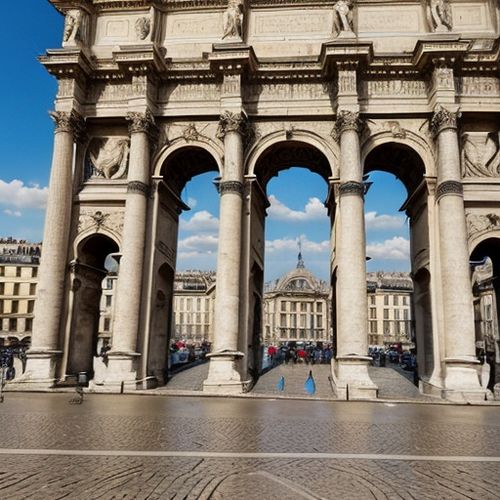
By Laura Wilson/Apr 14, 2025

By Joshua Howard/Apr 14, 2025

By John Smith/Apr 14, 2025
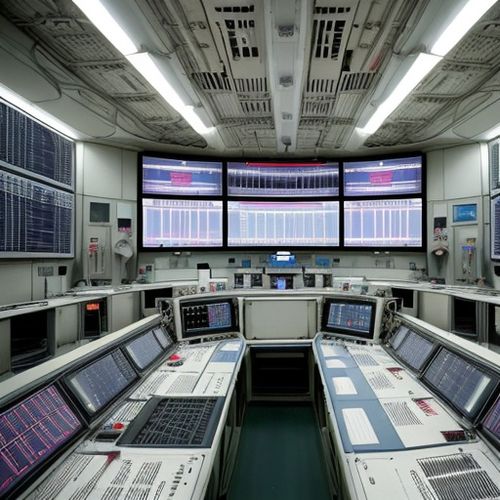
By George Bailey/Apr 14, 2025

By Thomas Roberts/Apr 14, 2025
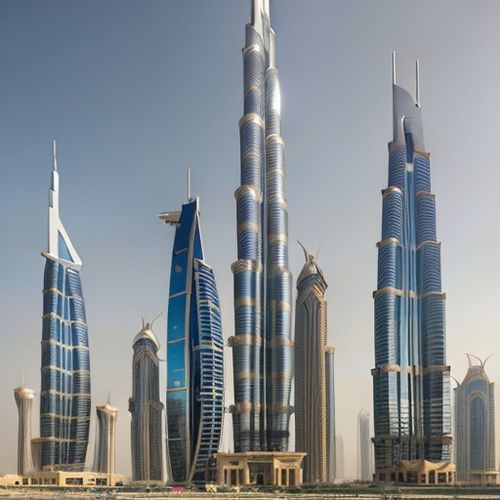
By Amanda Phillips/Apr 14, 2025
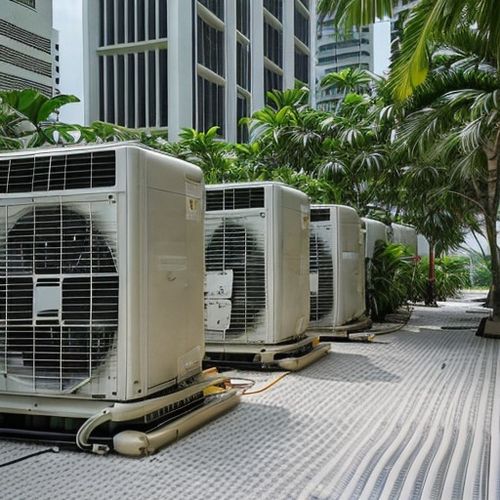
By Daniel Scott/Apr 14, 2025
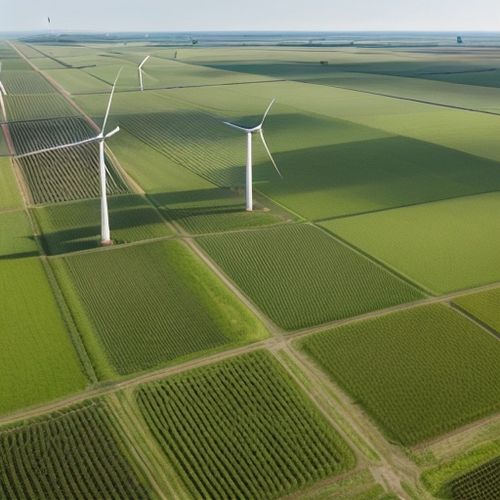
By John Smith/Apr 14, 2025
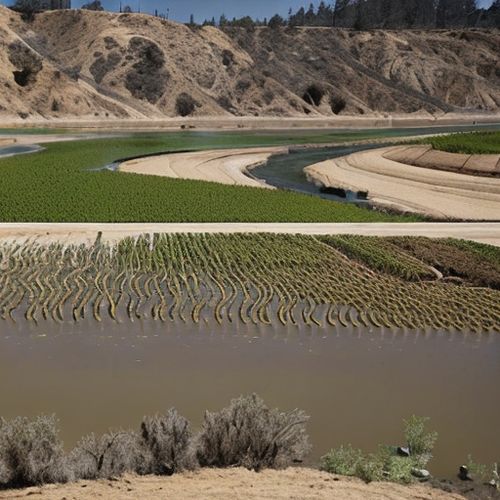
By Amanda Phillips/Apr 14, 2025
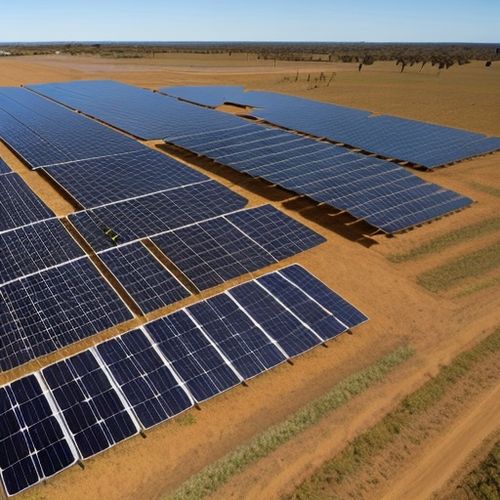
By Christopher Harris/Apr 14, 2025
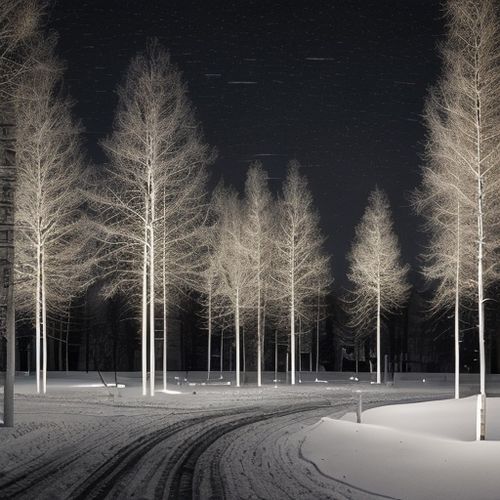
By Eric Ward/Apr 14, 2025

By Eric Ward/Apr 14, 2025

By David Anderson/Apr 14, 2025

By Thomas Roberts/Apr 14, 2025

By Grace Cox/Apr 14, 2025
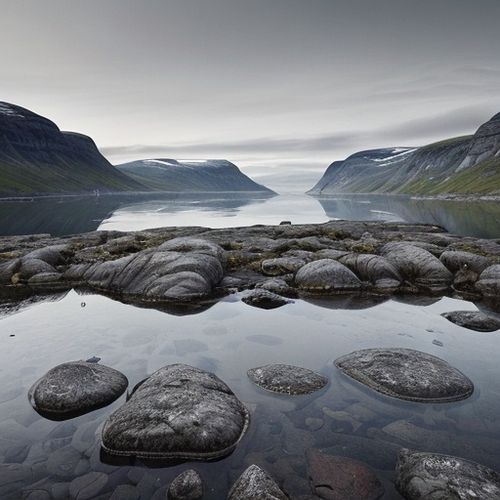
By George Bailey/Apr 14, 2025
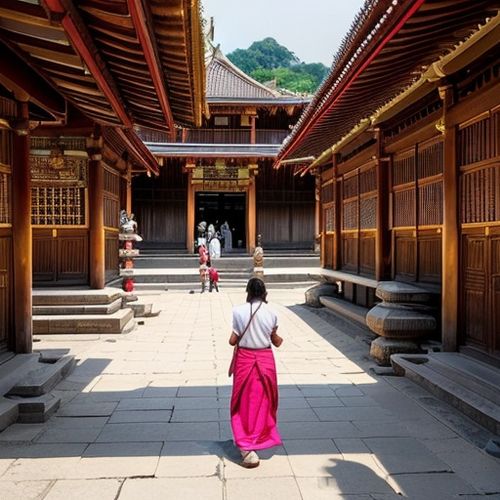
By Ryan Martin/Apr 14, 2025

By Thomas Roberts/Apr 14, 2025
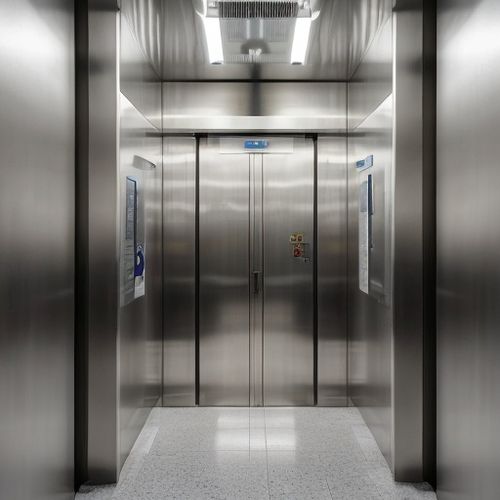
By Samuel Cooper/Apr 14, 2025

By Rebecca Stewart/Apr 14, 2025